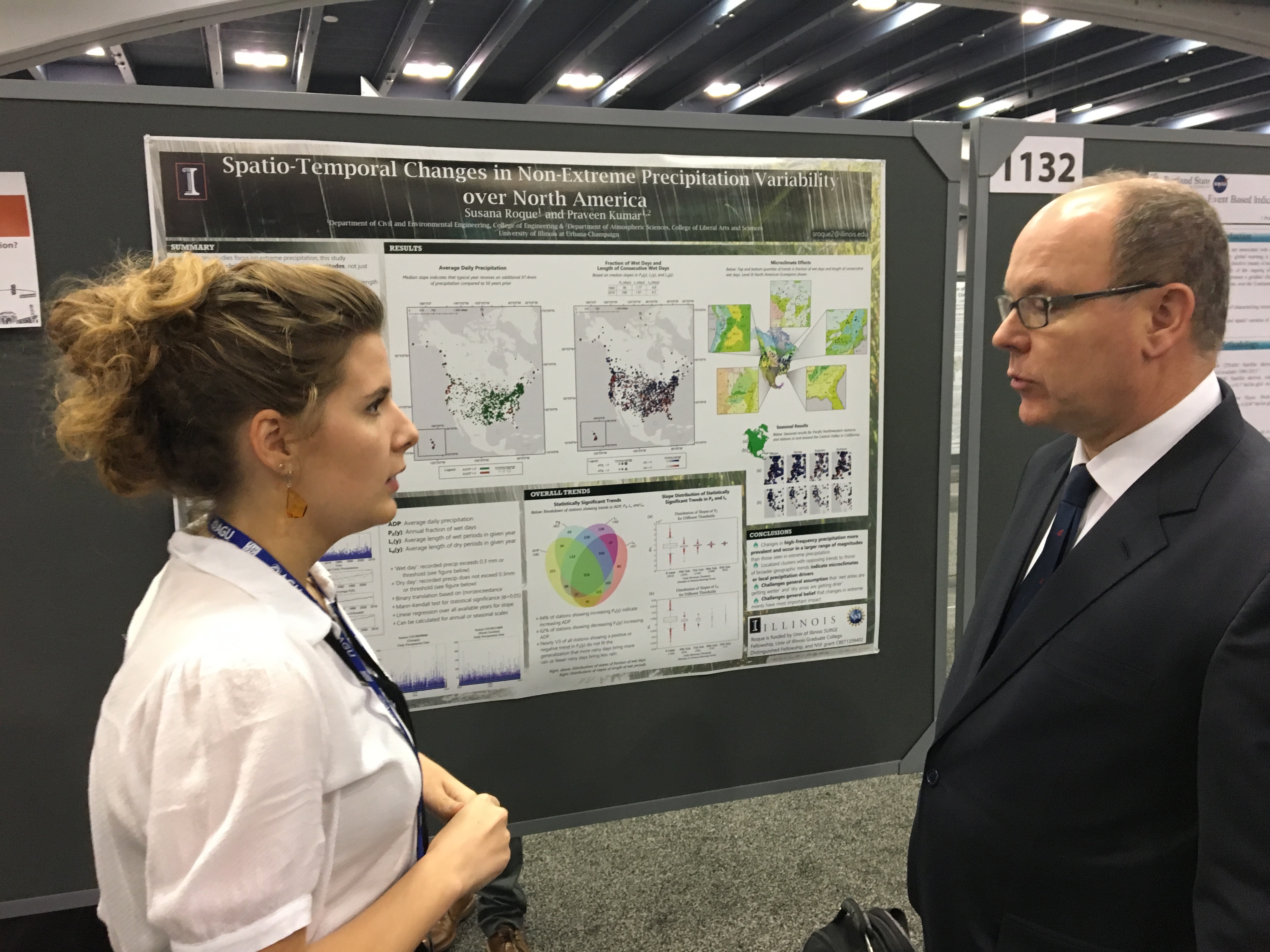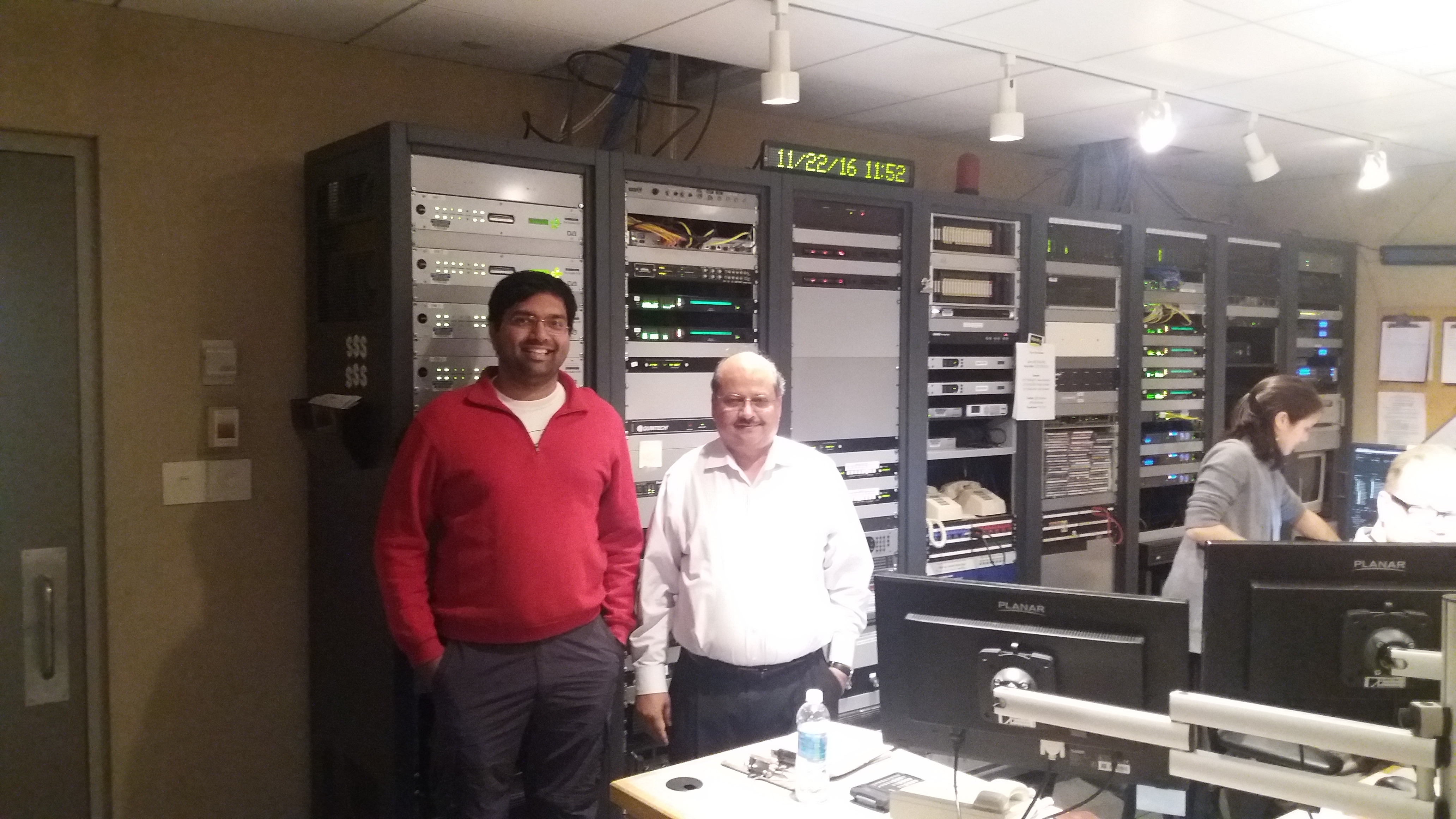CURRENT RESEARCH

Critical Zone Observatory Network for Intensively Managed Landscapes
Intensively managed landscapes, regions of significant land use change, serve as a cradle for economic prosperity. However, the intensity of change is responsible for unintended deterioration of our land and water environments. By understanding present day dynamics in the context of long-term co-evolution of the landscape, soil and biota, IML-CZO aims to support the assessment of short- and long-term resilience of the crucial ecological, hydrological and climatic services. An observational network of three sites in Illinois, Iowa, and Minnesota that capture the geological diversity of the low relief glaciated and tile-drained landscape will drive novel scientific and technological advances. IML-CZO will provide leadership in developing the next generation of work force and informing management strategies aimed at reducing the vulnerability of the system to present and emerging trends in human activities such as the expansion of bioenergy crops.
Learn more about the project →
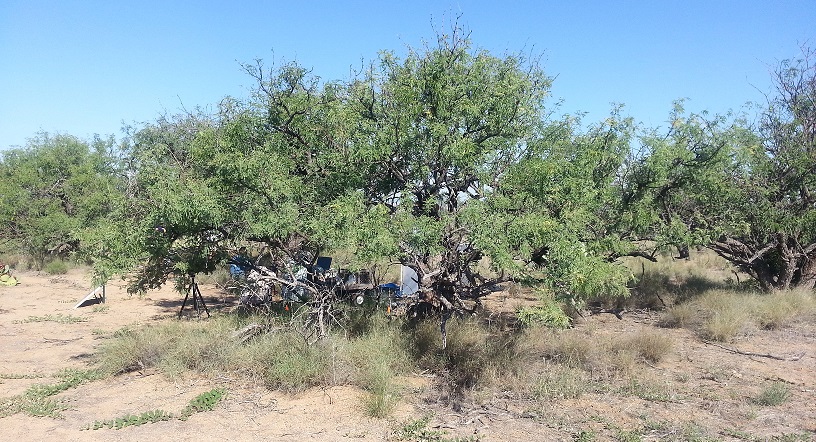
Hydraulic Redistribution Regimes
A major challenge in critical zone science is to understand and predict the interaction between above- and below-ground ecohydrologic processes. One process that facilitates this connection is hydraulic redistribution, a phenomenon by which roots serve as preferential pathways for water movement from wet to dry soil layers. We use a multi-layer canopy model with experimental data to quantify the influence of hydraulic redistribution on ecohydrologic processes in order to characterize the competitive and facilitative interaction between mesquite and bunchgrasses in a semiarid savanna. We show that hydraulic descent dominates during the wet monsoon season, whereas hydraulic lift occurs between precipitation events. We demonstrate that in semiarid savanna, mesquite exhibits a competitive advantage over understory bunchgrass through hydraulic redistribution. This study provides insights for evaluating the relationship between coexisting vegetation.
EOS Research Spotlight →
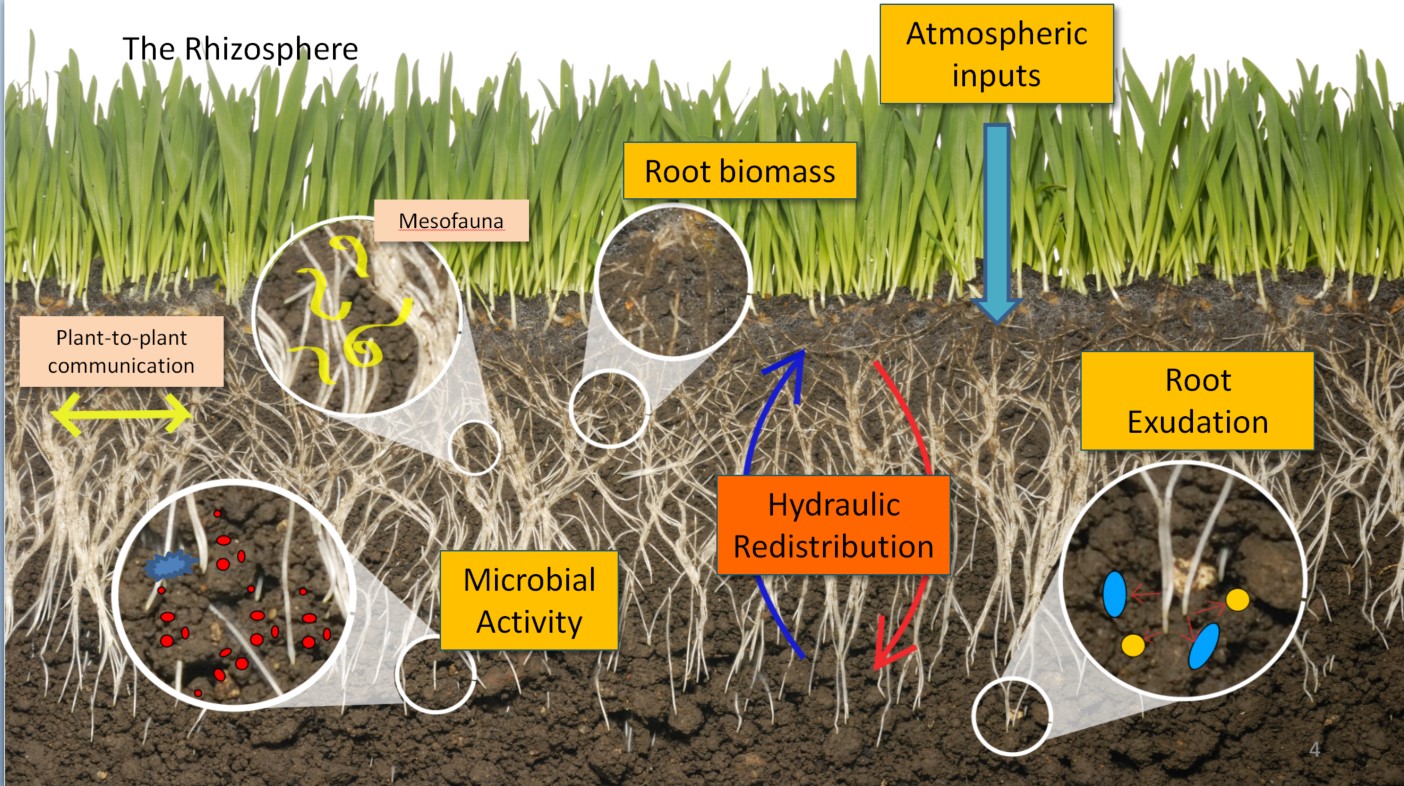
Water-Plant-Soil-Microbe Dynamics
This research builds on the open-source ecohydrologic model, Dhara, which is capable of describing surface water and nutrient transports in a two-dimensional framework and subsurface water and nutrient transports and transformations in three dimensions. If coupled with the capabilities of reactive transport modeling, such as biogeochemical dynamics of equilibrium and kinetic reactive processes, such a model could answer questions about the role of rhizosphere dynamics in nutrient and hydrologic fluxes at a watershed scale – this is the primary focus of this work. Other questions we seek to answer are: Within the context of the IML-CZO, can we suggest improved precision fertilizer application strategies that work synergistically with subsurface dynamics? Can we understand better the transformative nature of rhizosphere dynamics to better understand and predict runoff effects downstream? Beyond the IML-CZO, what are the differences in the effects of rhizosphere dynamics across different ecosystems?
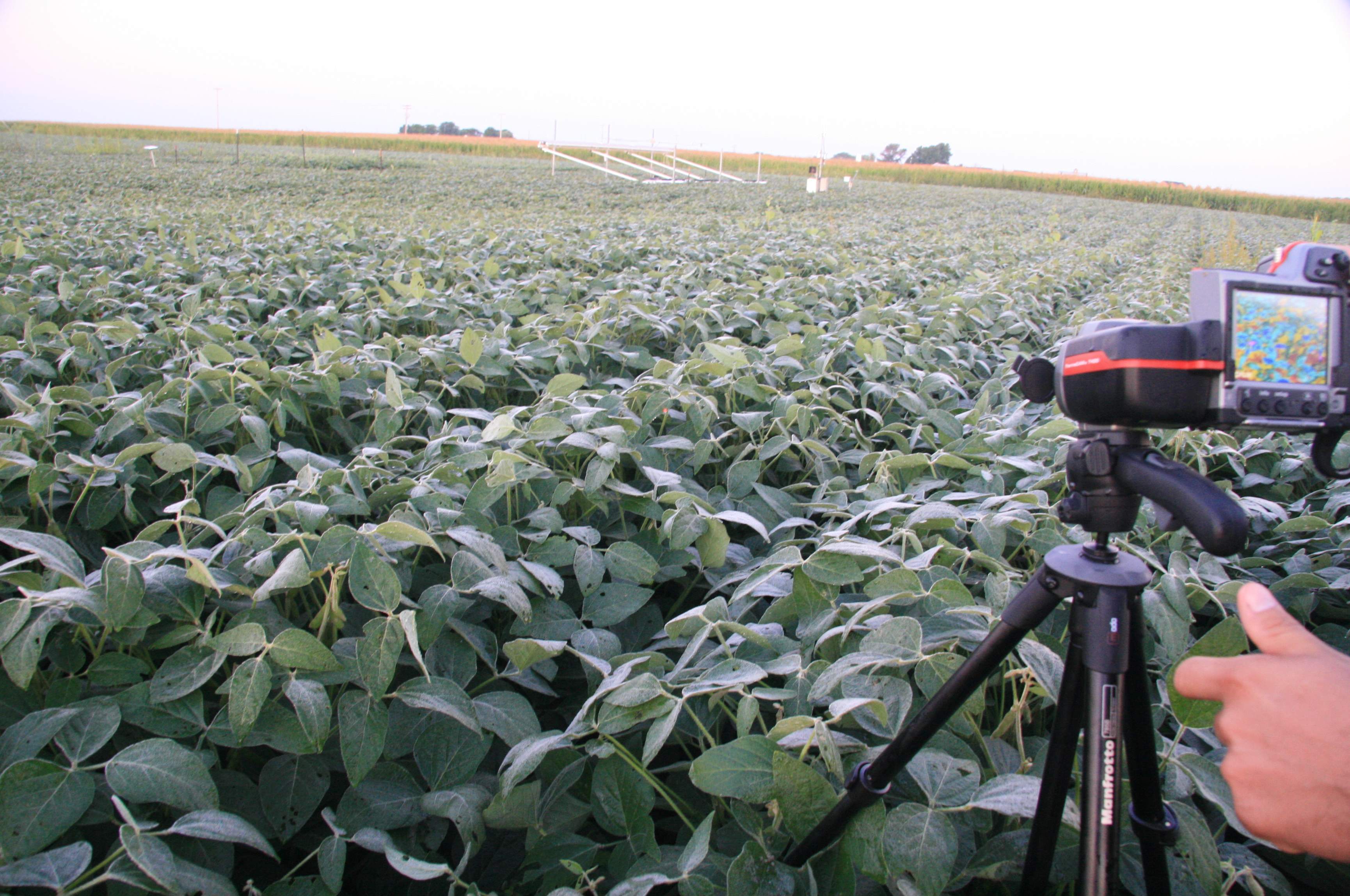
Carbon-Water-Nutrient Cycle Interaction
The terrestrial biosphere that encompasses vegetation and the adjacent soil and atmosphere, is a veritable biogeochemical crossroads, consisting of complex interactions between energy, water, carbon and nutrient transfers. Changes in one component, e.g., water, energy, carbon or nutrient cycles, has a feedback effect on all other components, with the result that the connection between cause and effect is not easily understood and is hard to predict with confidence. How can we predict the acclimation response of vegetation to increase in atmospheric CO2 and associated impact on the hydrologic cycle? How can we model the mutualistic and competitive dynamics between different vegetation species that co-exist? How do root water uptake patterns through hydraulic redistribution affect biogeochemical dynamics? These are some of the questions that we are exploring through this research focus.
More details...→
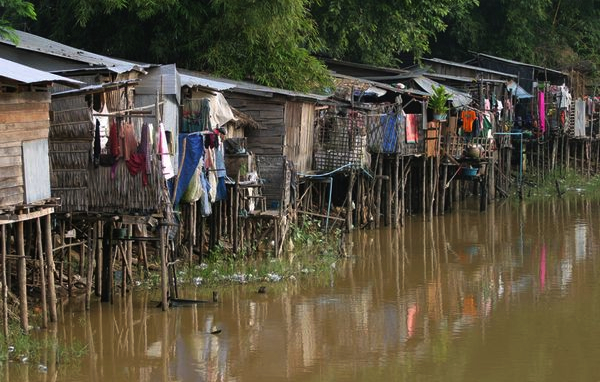
Soil Organic Dynamics in Watersheds
Soil, as the largest reservoir of carbon in the terrestrial system, is going through rapid erosion due to anthropogenic influences. Understanding how erosion-induced soil organic carbon (SOC) redistribution influences SOC transformation is critical to ensure our food security and adjustment to climate shift. The important roles of erosion and deposition on SOC dynamics have drawn increasing attention in the past decades, but quantifying such dynamics is still challenging. Particularly, a model that synthesizes above- and below-ground processes in a high-resolution catchment scale is yet developed. Here, we build a modeling framework that couples landscape evolution, surface water runoff, organic matter transformation, and soil moisture dynamics to understand the SOC dynamics by natural forcing and farming practices.
Learn more about the project →
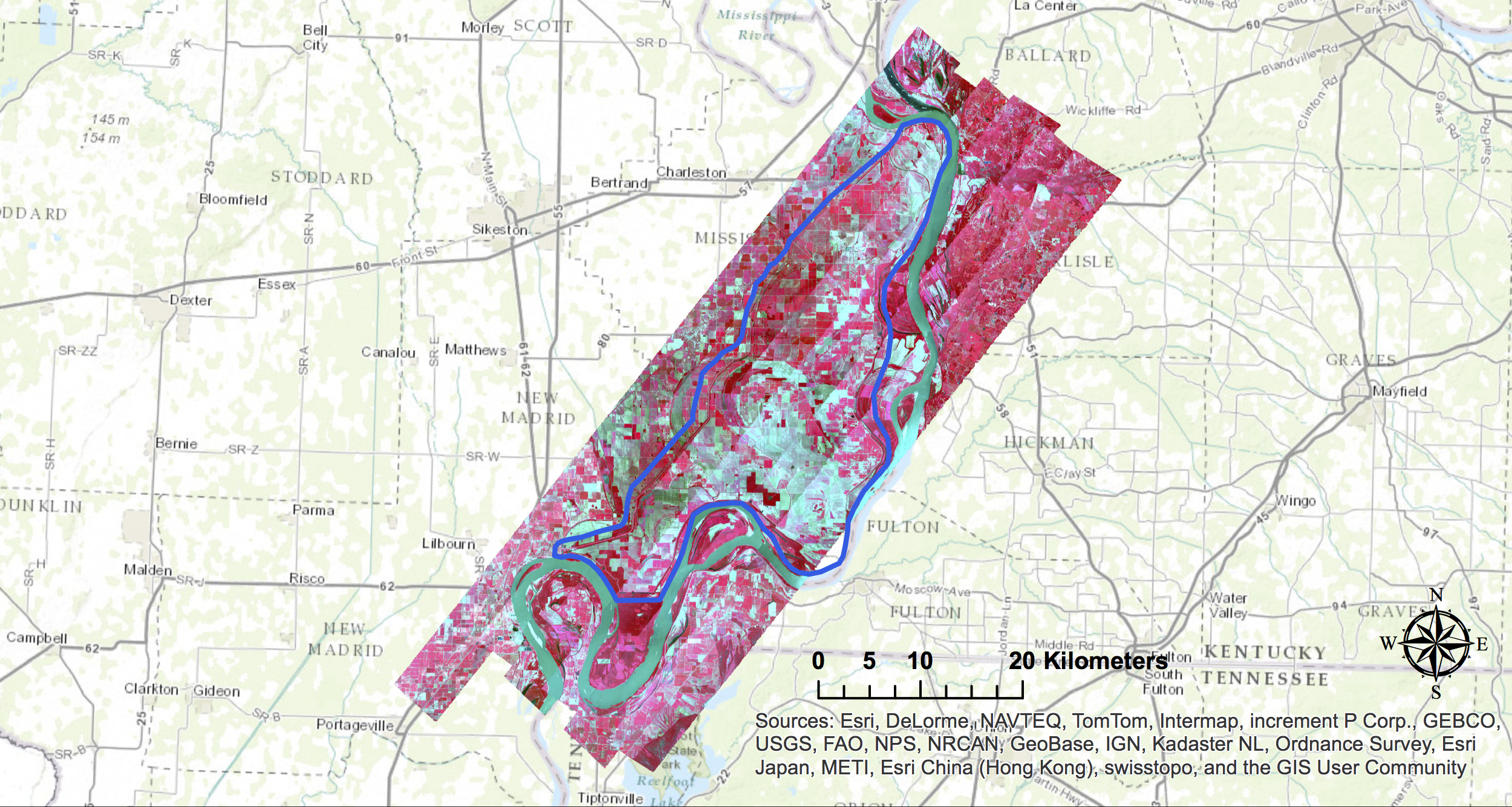
Airborne Remote Sensing
Hyperspectral remote sensing is an efficient tool for studying various ecosystems. The surface soil characteristics are an important component in ecosystem functioning and processes. Our research is targeted at the development of methodological frameworks for the interpretation and quantification of different physical and biogeochemical properties of landscapes which help us to better understand the eco-hydrology of the landscape. The focus of this research is also to understand the geochemical impacts of large scale hydrologic disaster events such as floods on landscapes using a combination of high spectral (AVIRIS) and spatial (LiDAR) resolution datasets.
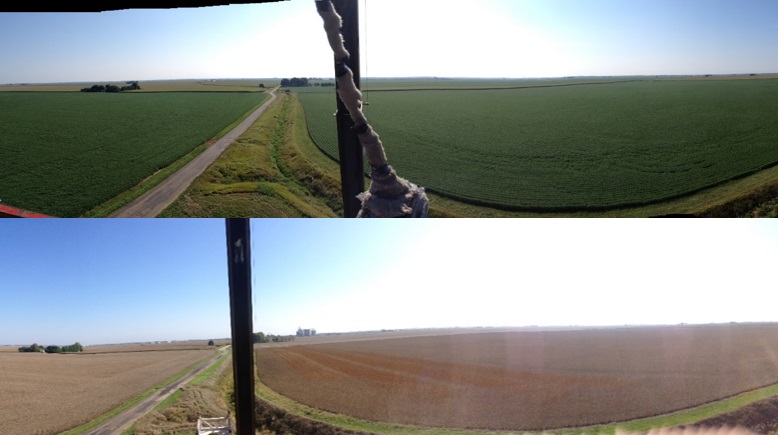
Surface Heterogeneity and Ecosystem Fluxes
In the Midwestern United States, the agricultural ecosystem could be considered as the representative landcover and the associated drainage and evapotranspiration as the main hydrological unit. In that ecosystem, the interactions between soil, land and atmosphere will reveal the behavior of a highly anthropogenic altered landscape. An eddy covariance flux tower that captures the ecosystem fluxes provides valuable data to extend our understanding of how alterations to the land surface at intensively managed agricultural sites will impact the fluxes within the surface boundary layer. At the ecosystem scale, in this study we assess how the surface heterogeneity needs to be accounted in the land surface -atmosphere analysis to better represent the ecosystem structure.

Hydrologic Extreme & Landscape Vulnerability
During extreme flooding in the Ohio and Mississippi Rivers in May 2011, the U.S. Army Corps of Engineers intentionally breached several levees to activate the Bird's Point-New Madrid Floodway and also activated the Morganza and Bonnet Carré Spillway. Extensive data from field surveys and areal lidar and hyper-spectral mapping were obtained to assess flood impact and landscape vulnerability. These events, when seen as a once in a scientific-lifetime experiment provide a unique opportunity to study the impact of hydrologic extremes and develop adaptation and mitigation strategies for future events in the context of both agricultural land use and flood protection.
For more information see:
Assessment of Floodplain Vulnerability during Extreme Mississippi River Flood 2011
Mitigating land loss in coastal Louisiana by controlled diversion of Mississippi River sand
Engineering at Illinois News,
ScienceDaily

Information Transfer in the Ecosystem
Ecohydrologic systems are emergent self-organizing systems, which evolve to exploit the variable gradients of carbon, water, nutrients, and energy at the land surface. Emergence due to self-organization is difficult to define and observe, but the concept requires the presence of nonlinear interactions, which may be studied using complex network theory. This research uses entropy-based statistics to render the eco-hydrological system as a process network of weighted couplings between the variables, which is derived from multivariate time series datasets consisting of observations or simulations. The tool used includes (1) Partial Information Decomposition, which quantifies different information contents from multiple sources to a target variable; and (2) Momentary Information Transfer, which quantifies the information from a lagged source to a target along a causal path, indicated by a time series graph representation of the network. Our research explores how complex network approaches can be used for understanding interaction between processes and emergent behavior.

